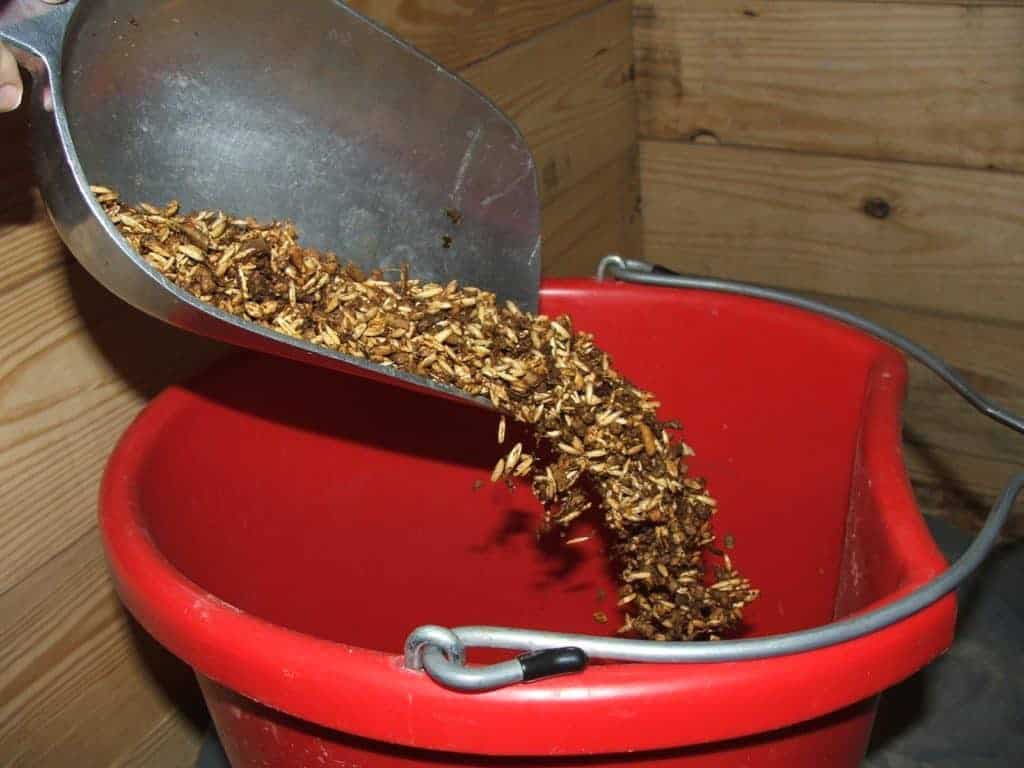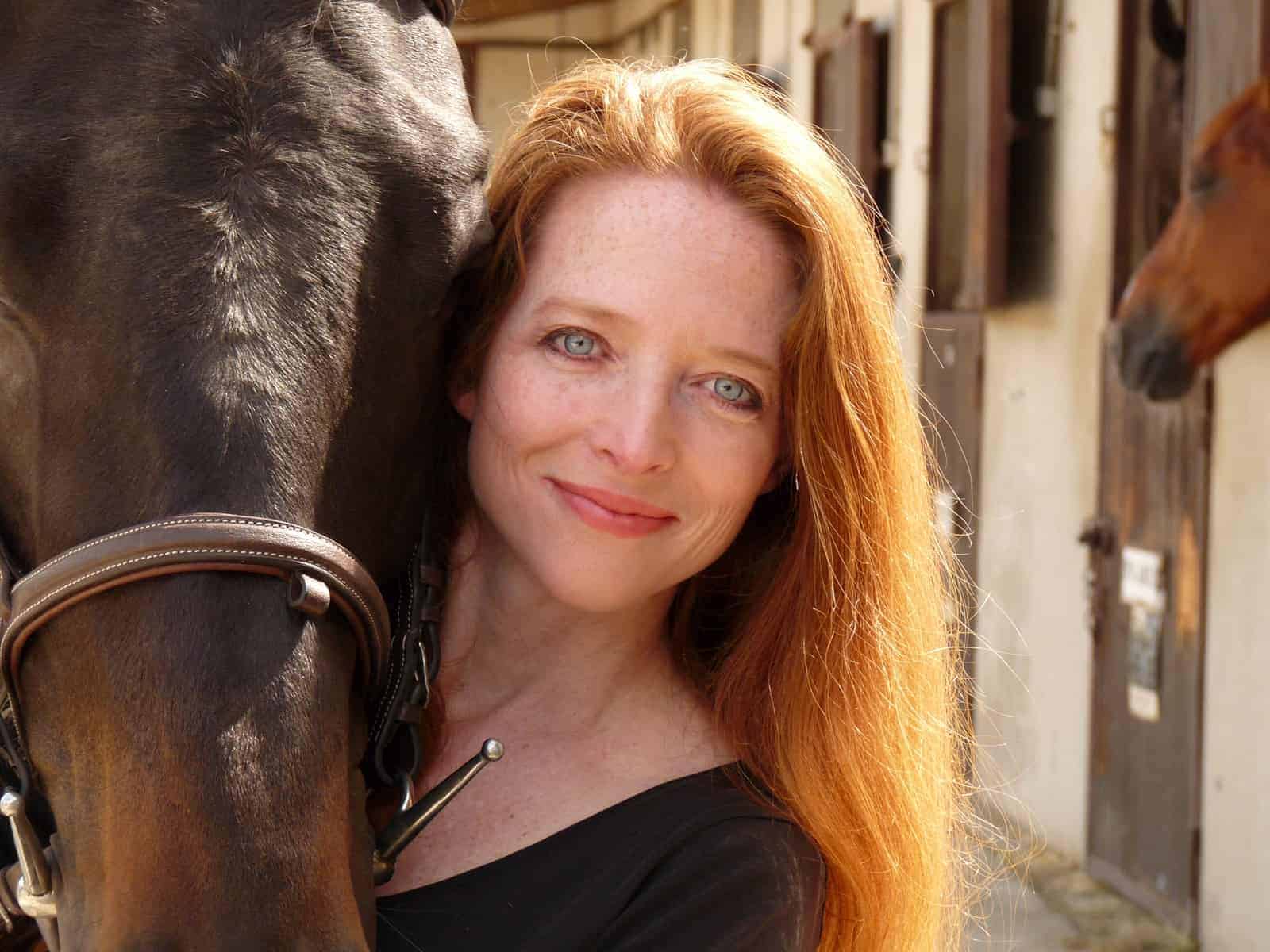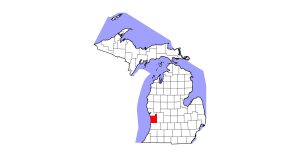Study Evaluates Banned, Controlled Substances in Horse Feed

As part of its efforts to keep sports clean, the FEI uses regular anti-doping testing that can detect small quantities of prohibited and controlled substances, whether administered intentionally or not. Swiss researchers recently determined that at least some of those substances could be getting into horses’ bodies unintentionally via small quantities in commercial feeds, supplements, and other products.
Morphine, codeine, noscapine, papaverine, colchicine, and atropine all appeared in minute quantities in more than half of the 28 feed samples tested in the researchers’ recent study. However, this is not cause for alarm, they stressed. It’s just cause for awareness.
“We found doping-relevant substances in very small concentrations with a sensitive laboratory method (electrospray-ionisation high-pressure-liquid-chromatography mass spectrometry, or ESI-LC-MS/MS) in the feed samples,” said Conny Herholz, PD, DrMedVet, FTA, Dipl. ECEIM, ATA, of the Bern University of Applied Sciences, School of Agricultural, Forest, and Food Sciences, in Zollikofen
Create a free account with TheHorse.com to view this content.
TheHorse.com is home to thousands of free articles about horse health care. In order to access some of our exclusive free content, you must be signed into TheHorse.com.
Start your free account today!
Already have an account?
and continue reading.

Written by:
Christa Lesté-Lasserre, MA
Related Articles
Stay on top of the most recent Horse Health news with















